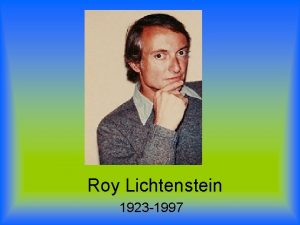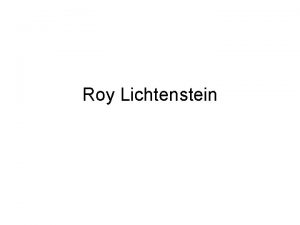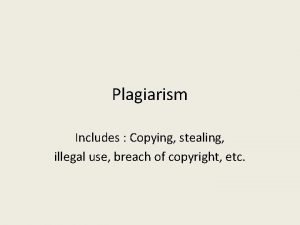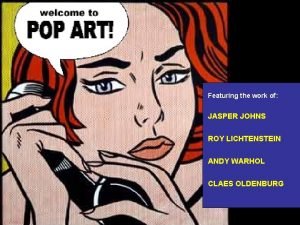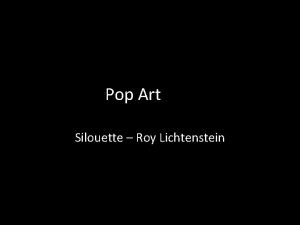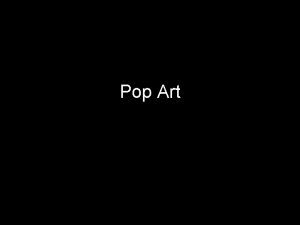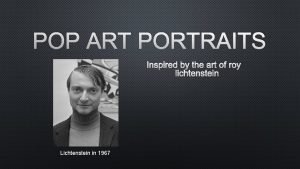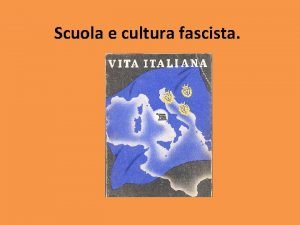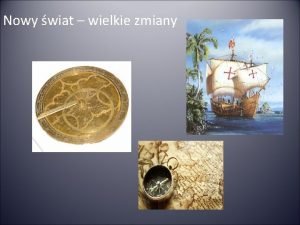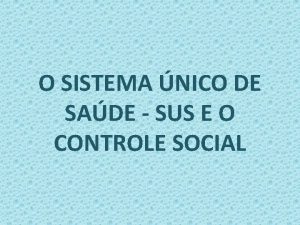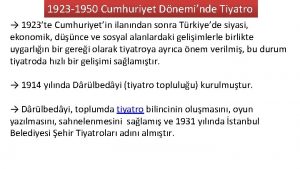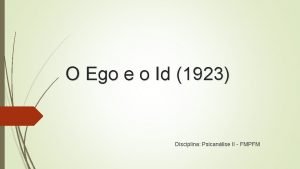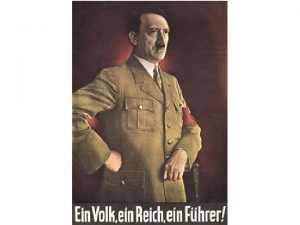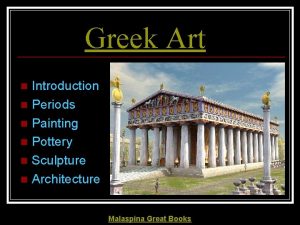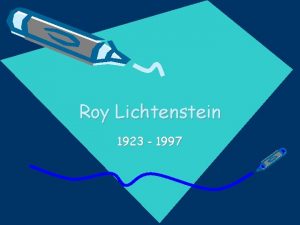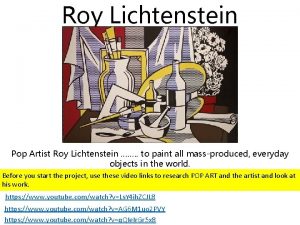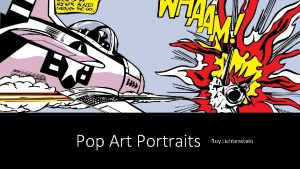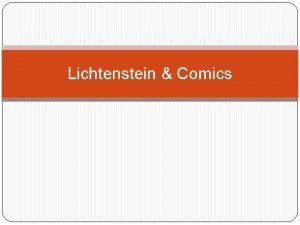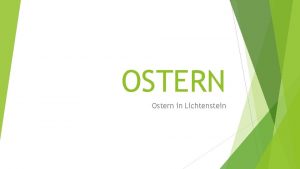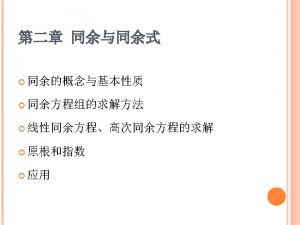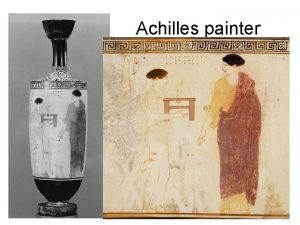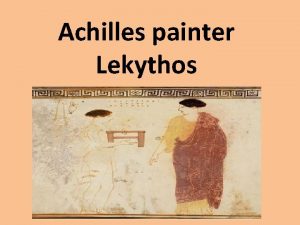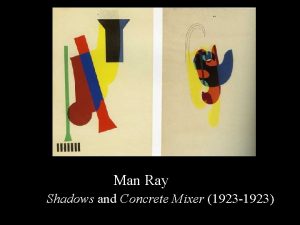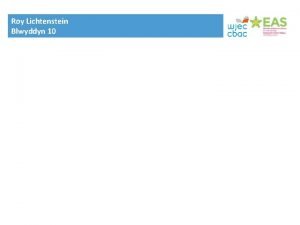Roy Lichtenstein Roy Lichtenstein 1923 1997 Painter lithographer






























- Slides: 30

Roy Lichtenstein

Roy Lichtenstein 1923 -1997 Painter, lithographer and sculptor. Studied at the Art Students League 1939, and at Ohio State College 19403. War service 1943 -6. Returned to Ohio State College 19469, and taught there until 1951. First one-man exhibition 1951. Instructor at New York State University 1957 -60, and at Rutgers University

Lichtenstein’s Paintings Lichtenstein is best known for his large comic book style paintings. His work belongs to the Pop Art Movement

Pop Art Pop art is an art movement that began in the 1950 s in Britain and spread to the USA. Pop art involved the interest of artists in images from popular culture.

Lichtenstein Painting Actual Comic Panel

Halftone A pattern of dots, varying either in size or in spacing to create value.

• In addition to paintings, he also made sculptures in metal and plastic including some notable public sculptures

What are the types of Line?

Types of Line: Line Directions:



Whaam!, 1963, Magna on canvas 172 x 269 cm (two canvasses) Describe Lichtenstein’s style of art work. Discuss how you think Lichenstein may have created this work.

In order to recreate the machine-made process Lichtenstein devised the Benday Dots. These were done by creating varioussized stencils of uniformed circles. Explosion 1965 -6 Lithograph on paper image: 562 x 435 mm on paper, print

In the Car, 1963, Magna on canvas, 172 x 203 cm

Brushstroke 1965, Screenprint on paper 565 x 724 mm on paper, print Brushstroke with Spatter, 1966 Oil and magna on canvas 172. 7 x 203. 2 cm. What do you think these works are in reference to? What makes you think so? What sort of artistic context is Lichtenstein referring to within these works? Do you think it is effective? Why/why not?

In what ways does this work have a Pop Art quality to it? Do you think there is a difference between this work and his painted works? Why/Why not? Brushstroke, 1996, paint on aluminum, 32 ft x 20 ft.

Lichtenstein’s 1978 “Self Portrait”, depicting himself as a t-shirt with a mirror as his head, sums up his lifetime of sly, probing art. We’re all reflections of society, it seems to say, and it behooves us to examine critically the milieu we reflect. If Shakespeare’s plays “hold the mirror up to nature”, Roy Lichtenstein makes us look in the mirror of human nature. -Carol Strickland Roy Lichtenstein: Keen observer of Life’s Little Ironies. Self Portrait 1978, 5 ft 10 in x 4 ft 6 in Make a comment on what this means? Do you agree or disagree considering the work of Lichtenstein’s that you have seen so far?

How has Lichtenstein created a Lichtensteincubist art work? Is it Cubist? Pop? Why? What sorts of iconographic motifs has Lichenstein used to create meaning within this work? Identify and explain their significance. Cubist Still Life with Playing Cards 1974 Oil and Magna on canvas 96 x 60 in

LIFE MAGAZINE JANUARY 31, 1964 For some of America’s best known critics and a host of laymen, the answer to the question is YES. A critic of the New York Times, hedging only a bit, pronounced Roy Lichtenstein “one of the worst artists in America”. Others insisted that he is no artist at all, that his paintings of blown-up comic strips, cheap ads and reproductions are tedious copies of the banal. But an equally emphatic group of critics, museum officials and collectors find Lichtenstein’s pop art “fascinating”, “forceful”, “starkly beautiful”…

His painting Torpedo. . . Los! sold at Christie’s(the auction house) for $5. 5 million in 1989, a record sum at the time, making him one of only three living artists to have attracted such huge sums.


Roy Fox Lichtenstein usava cores como: azul marinho, amarelo, vermelho e branco. Ele fazia contornos em preto, para realçar mais suas pinturas. “Whaam” (1963)

Empregou uma técnica pontilhista conhecida como Pontos Be-Day para simular os pontos reticulados das histórias.

“Sunrise” (1965)

Começa depois a pintar cabeças de raparigas, inspiradas na banda desenhada da adolescência.


“Sunrise” (1984)

“Forest Scene” (1980)


 Roy lichtenstein (1923-1997)
Roy lichtenstein (1923-1997) Roy lichtenstein
Roy lichtenstein Graphic design plagiarism examples
Graphic design plagiarism examples Dead nature art
Dead nature art Roy lichtenstein indians pursued by american dragoons
Roy lichtenstein indians pursued by american dragoons Halekas
Halekas Roy lichtenstein biographie
Roy lichtenstein biographie Rauschenber
Rauschenber Roy lichtenstein plagiarism
Roy lichtenstein plagiarism Roy lichtenstein influences
Roy lichtenstein influences Lichtenstein portraits
Lichtenstein portraits Ruhr crisis 1923
Ruhr crisis 1923 Riforma gentile 1923
Riforma gentile 1923 Henryk żeglarz ur 1923
Henryk żeglarz ur 1923 Fms movie
Fms movie Lei eloy chaves
Lei eloy chaves John venn wikipedia
John venn wikipedia Exodo 20:11
Exodo 20:11 1-800-928-1923
1-800-928-1923 Cumhuriyet dönemi'nde tiyatro 1923 1950
Cumhuriyet dönemi'nde tiyatro 1923 1950 1923 1924
1923 1924 Nein mich zwingt ihr nicht
Nein mich zwingt ihr nicht O ego e o id (1923 resumo)
O ego e o id (1923 resumo) Triangle of doom and pain
Triangle of doom and pain Hochseilgarten lichtenstein
Hochseilgarten lichtenstein Matty lichtenstein
Matty lichtenstein Meidias hydria
Meidias hydria Sweatt v. painter apush
Sweatt v. painter apush Capodarso painter
Capodarso painter Niobid painter
Niobid painter Achilles painter
Achilles painter
